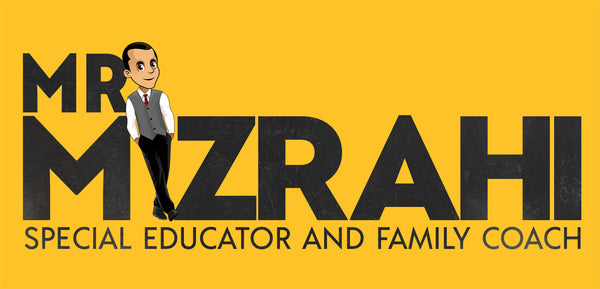
How to break the “Be Careful!” cycle?
Share
Toddlers love to take the most mundane things and turn them into the most anxiety provoking things ever for us parents. Real talk? How many times a day do you find yourself saying, “BE CAREFUL!!”
Here’s the deal, when it’s a nonstop barrage of “be careful!”, your kid either a) paralyzes in fear b) completely ignores you c) gives you a puzzled look and doesn’t ACTUALLY learn what is dangerous.
When we verbalize OUR worry and anxiety to them, they internalize it. What does this mean? Their little fight-or-flight response gets triggered.
This is GREAT if in real danger. But, if they’re actually safe in that moment, hovering and constantly telling them to ”be careful!” can signal “the world isn’t safe” and “don’t take risks!” “be hyper vigilant and on guard at all moments!” Basically, our anxieties become their anxiety.
Risky play is crucial for healthy growth and development. Research shows that “parents who… encourage[d] their kids to push their limits to a greater extent had children who were less at risk of exhibiting anxiety disorder symptoms…”
So, how can we break the “Be Careful” cycle?
Pause, take a deep breath
Does this situation present serious harm?
Why does this make me uncomfortable?
Is my child learning skills right now?
Some situations require you to do nothing and other situations require you to help your child foster awareness or problem solve. So, we’ve now reserved the ”BE CAREFUL!”
for when they truly SHOULD completely stop in their tracks with fear – dangerous things like running into the road, about to burn themselves, etc.
So, instead TRY THIS. Guide their awareness + problem solving skills: Bring awareness to their bodies
“Woah! You’re practicing your balance! You’re really listening to your body! Way to go!”
Notice how?
“Notice how the water under your feet makes the rocks slippery.” Do you see?
“Do you see that big branch up ahead?” Do you feel?
“Do you feel how wobbly that branch is when you climb over it?” Problem solving
“That branch up ahead is in the way, what should we do?”
It’s important that we let our kids engage in risky or challenging play because it’s a great way for them to practice problem solving skills. Let the children know to proceed with caution, but don’t make them be afraid to fall. They need to learn how to get back up, dust themselves off, and move forward.
Coach Benjamin Mizrahi. Educator. Learning Specialist. Family Coach. Father. Husband.
More articles on Mr Mizrahi's Blog - Benjamin Mizrahi
